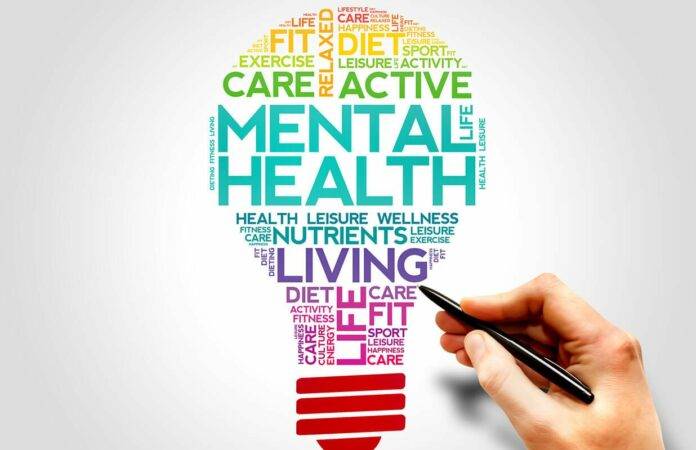Table of Contents
The advent of the high-tech world has revolutionized the human experience, permeating every facet of our existence. From smartphones that command our attention 24/7 to the depths of cyberspace that offer limitless knowledge and connection, the digital landscape shapes our routines, influences our minds, and sometimes challenges our mental well-being. In this deep-dive into the mental health impacts of living in our digital reality, we’ll explore the good, the bad, and the ways to create a balance that ensures our tech-filled lives are enhancing, not eroding, our mental health.
The Double-Edged Sword of Connectivity
At first glance, the seamlessness of connectivity promises a richer, more supportive life—a global village where one can find solace at the touch of a screen. The reality, however, presents a more complex picture. Technology’s perpetual availability can lead to feelings of isolation, as real-world interactions often get sidestepped for the screen. This double-edged sword of connectivity has given rise to what some call ‘high-tech loneliness’—a state where virtual companions surround one but starve for meaningful face-to-face connection.
Drowning in an Ocean of Information
The volume of data at our fingertips is staggering. We now consume more daily information than our ancestors might have in a year. This constant surge of consumption doesn’t merely present a challenge of managing inputs; it becomes an internal battle of processing and applying information. The perpetuation of “FOMO” (fear of missing out) perpetuated by social media platforms further exacerbates the stress on our cognitive capacities, leading to decision fatigue and a dulled ability to concentrate.
Technology’s Role in the Rise of Impostor Syndrome
The high-tech world not only inundates us with information and connectivity but also unprecedented ways to measure our successes and failures. In the professional realm, the public and almost mandated tracing of one’s professional and personal growth can lead to the rise of Impostor Syndrome, where an individual doubts their accomplishments and has a persistent internalized fear of being exposed as a “fraud. This digital spotlight amplifies self-doubt and can significantly affect mental well-being.
Leveraging Technology for Mental Wellness
Despite the pitfalls, technology offers various tools to support our mental health. Teletherapy and mindfulness apps are now as close as our devices, offering alternative avenues to care for our well-being. Online communities provide platforms for shared experiences, reducing stigma and fostering emotional support. The challenge lies in identifying and utilizing these tools effectively in our daily lives.
The Virtual Therapist and Mindfulness Mentor
Mental health support has become more accessible, with virtual therapy sessions complementing or, in some cases, supplanting traditional in-person visits. Mindfulness apps provide practices and reminders for grounding oneself in the present moment, which is crucial for managing stress and anxiety.
Support Networks in Cyberspace
The anonymity of cyberspace can be a liberating force for those dealing with mental health challenges. It allows individuals to seek and offer support without fear of judgment or disclosing their identities. Online forums and social media support groups have become lifelines for many, offering solidarity and advice.
Strategies for Sane Tech-Living
Amid the relentless technological advances, we must carve out practices and habits that protect our mental health. The following strategies can serve as a compass for navigating the high-tech waters while ensuring we stay afloat, not drowned, by our devices.
Taking Regular Digital Sabbaticals
It is essential to cultivate periods of disconnection. Regular digital detoxes, whether for hours or days, provide a reprieve that can reset frayed nerves and rekindle an appreciation for the non-digital world.
Setting Clear Boundaries
Technology should serve us, not the other way around. Establishing clear boundaries on when and how we engage with our devices can reclaim a sense of control over our time and attention.
Striving for a Balanced Digital Diet
Just as with our physical diet, the key is balance. Curating our digital consumption by establishing intentional use of technology for work, leisure, and personal growth ensures that we’re not over- or under-consuming in a way that harms our mental health.
The Role of Employers and Educators
The institutions within our society—our workplaces, schools, and universities—play a critical role in shaping our interactions with technology. What responsibilities do they hold in mitigating the mental health risks associated with high-tech living, and how can they fulfil them?
Creating Healthy Tech Work Environments
Employers must champion work cultures that value and respect downtime. This includes fostering environments where employees are encouraged to disconnect outside work hours and offering resources, such as employee assistance programs, that support mental wellness.
Integrating Digital Literacy with Mental Wellness Education
Educators are uniquely positioned to integrate discussions about digital literacy and its impact on mental health into their curriculums. Schools and universities can equip students with the skills they need to thrive in the digital age by raising awareness and teaching strategies for responsible technology use.
A Call for Mindful Tech Engagement
Our relationship with technology is fluid and deeply personal. Its influence on our mental health is both subtle and profound. However, by approaching our high-tech existence with mindfulness and intentionality, we can leverage its power to uplift our spirits and enrich our lives. The digital age offers many opportunities to learn, connect, and grow. Let’s ensure that as we ride this wave, we do so with grace and a commitment to preserving the sanctity of our mental health.





